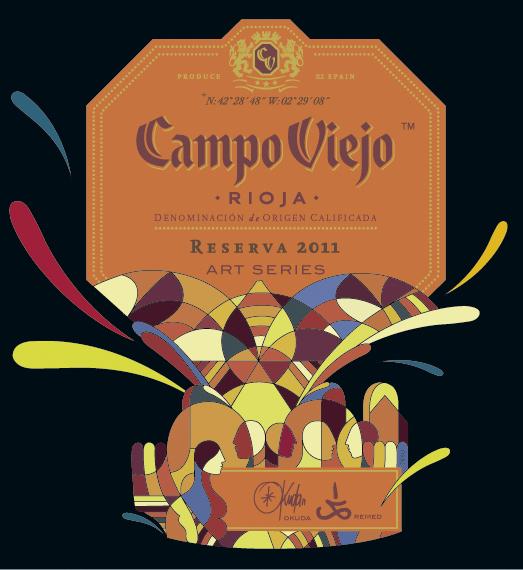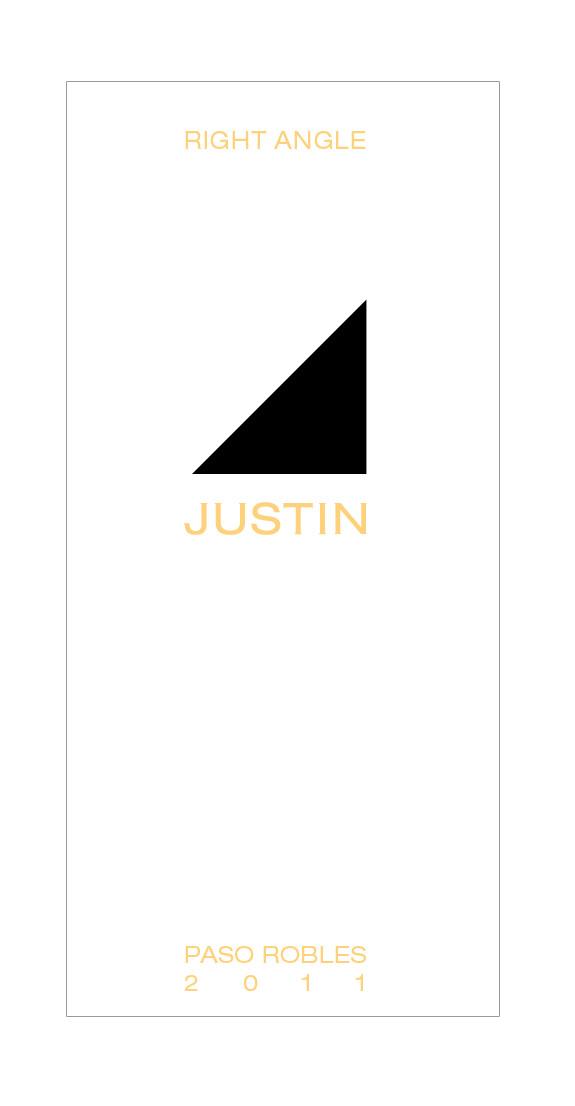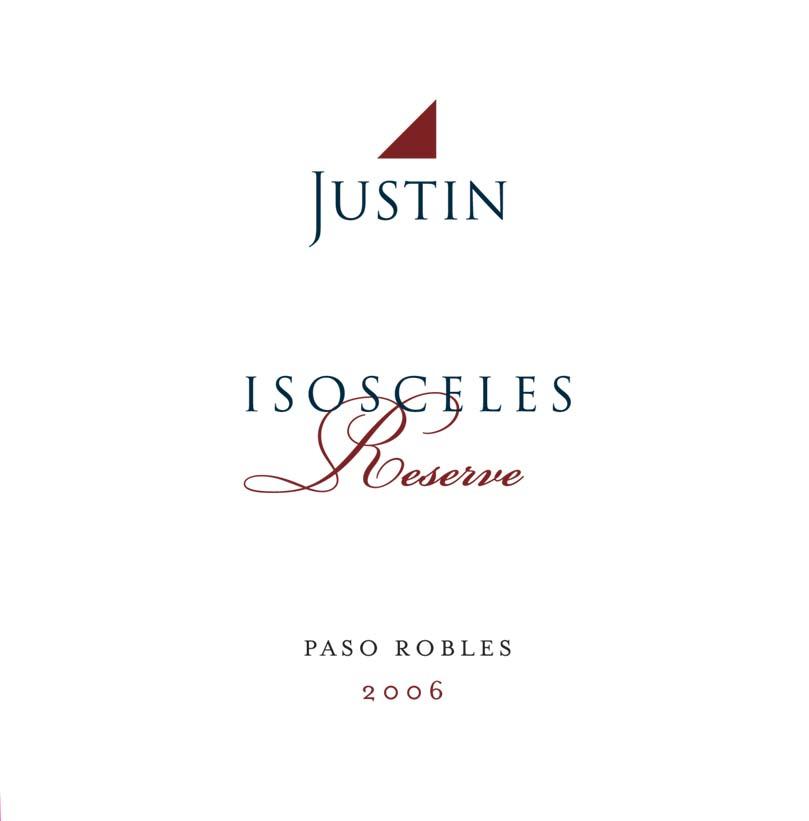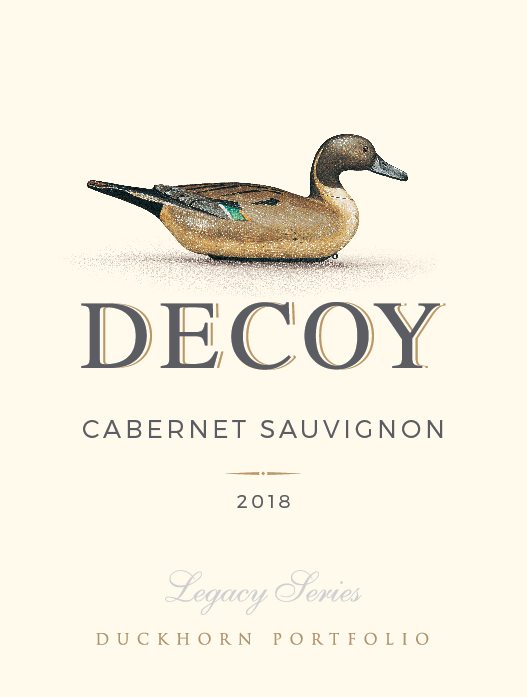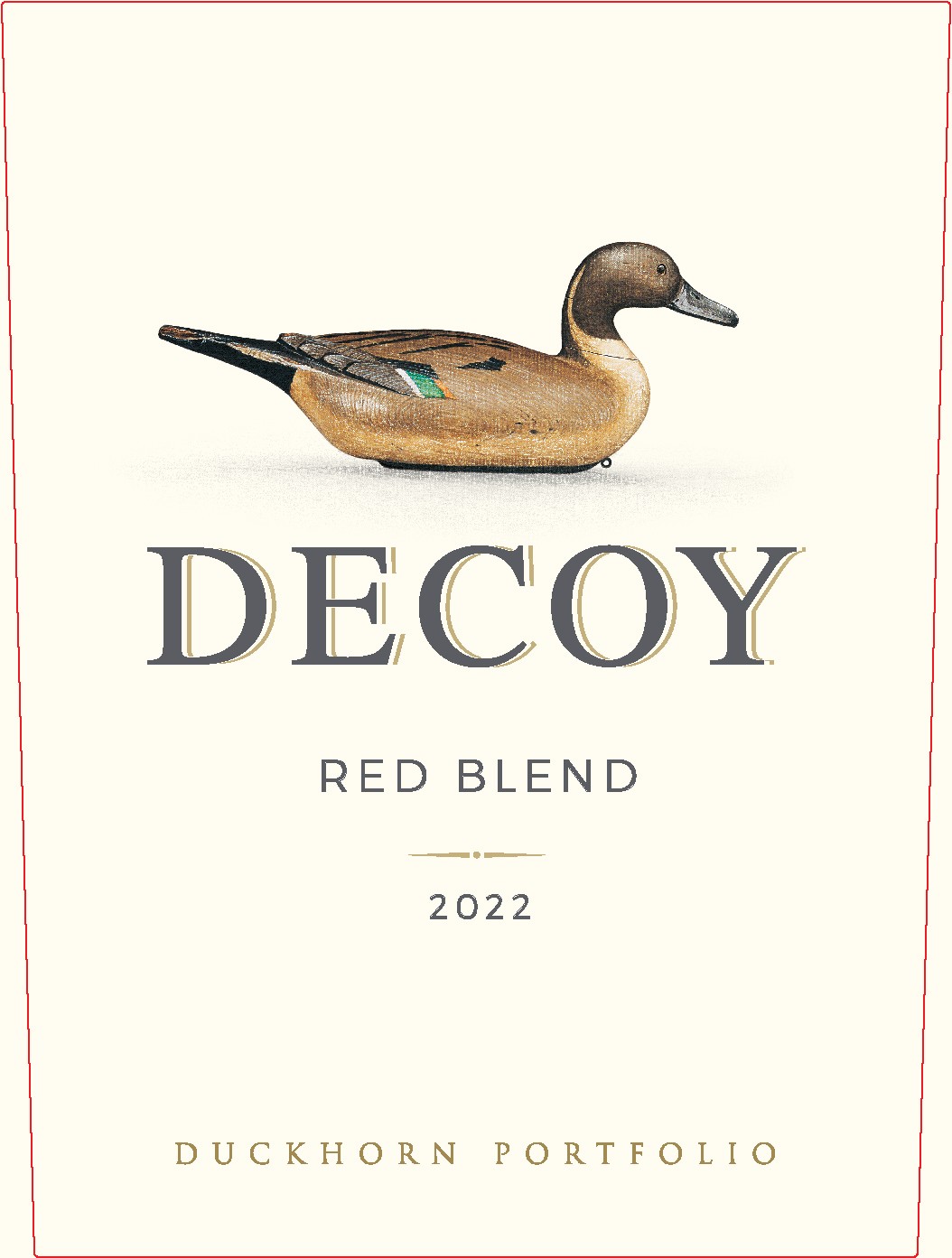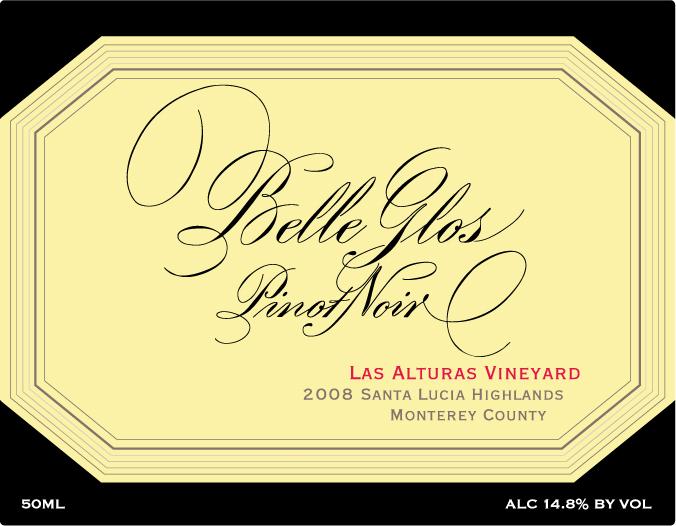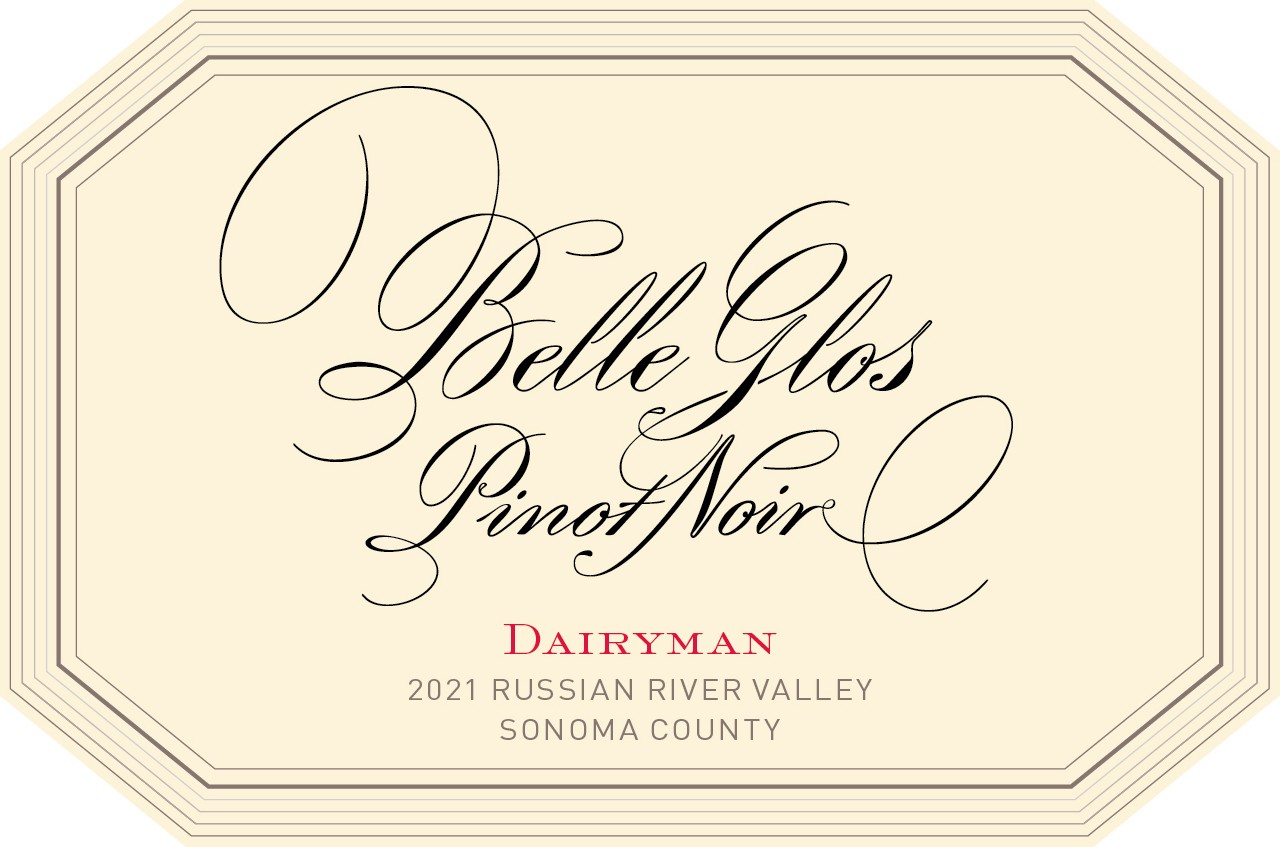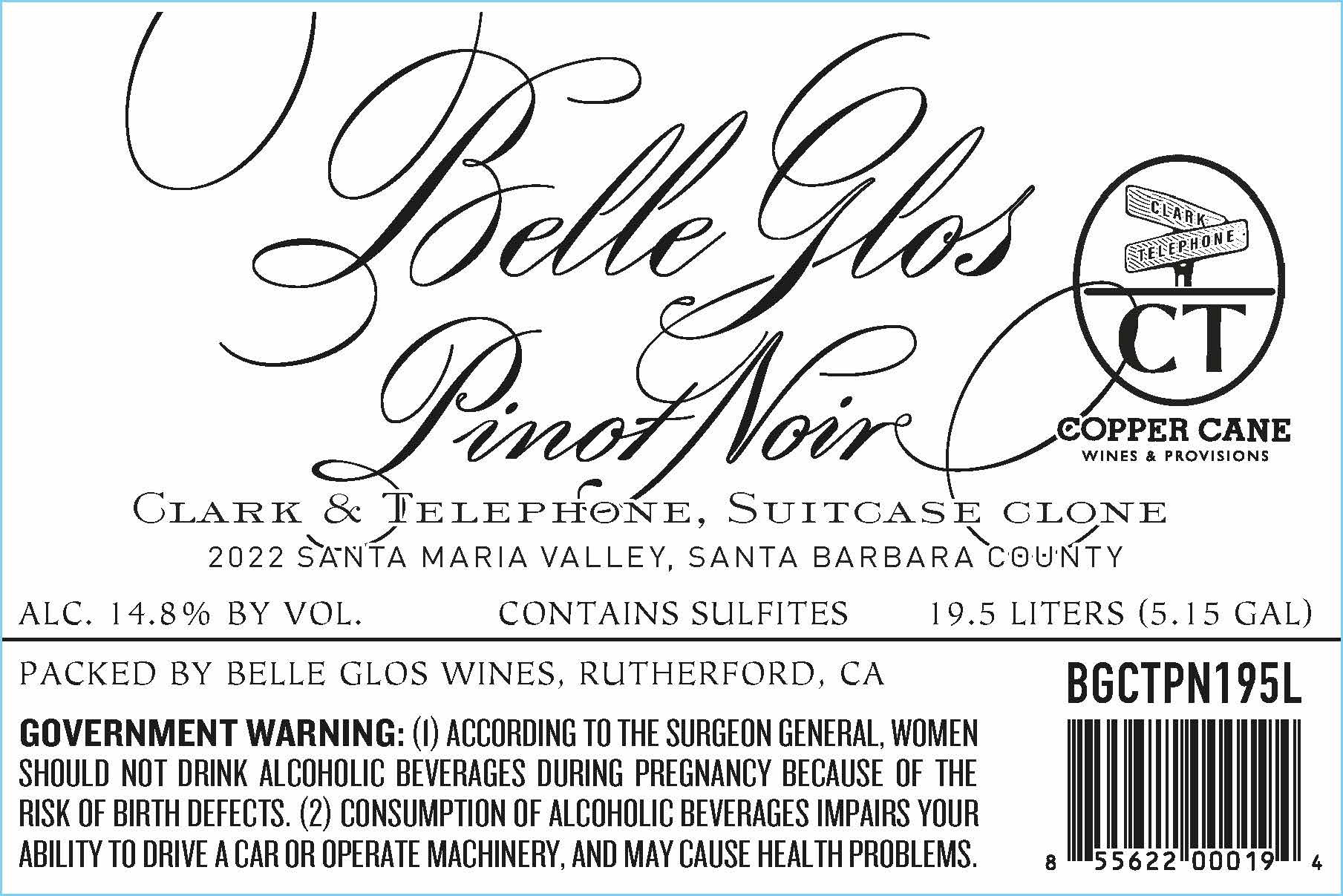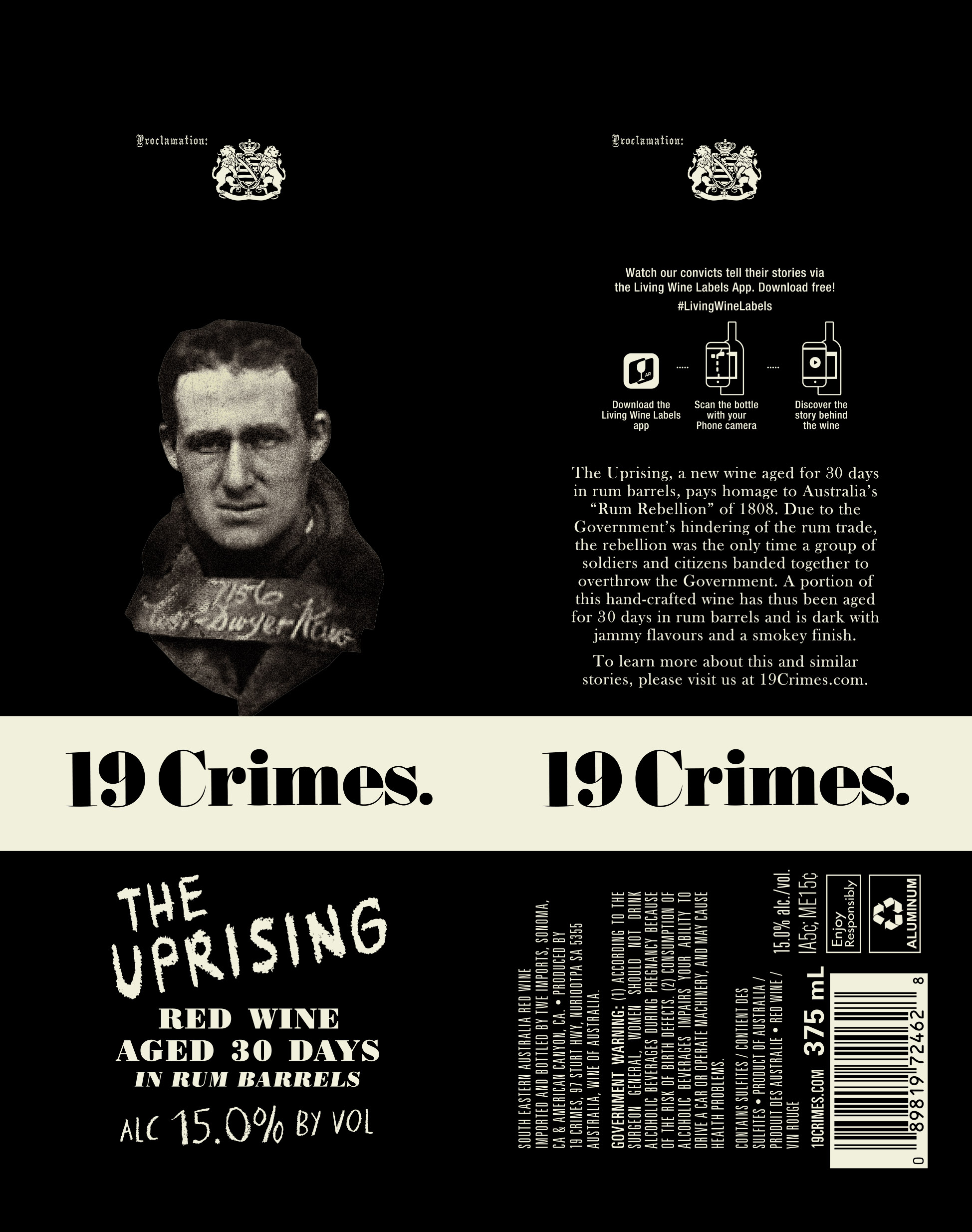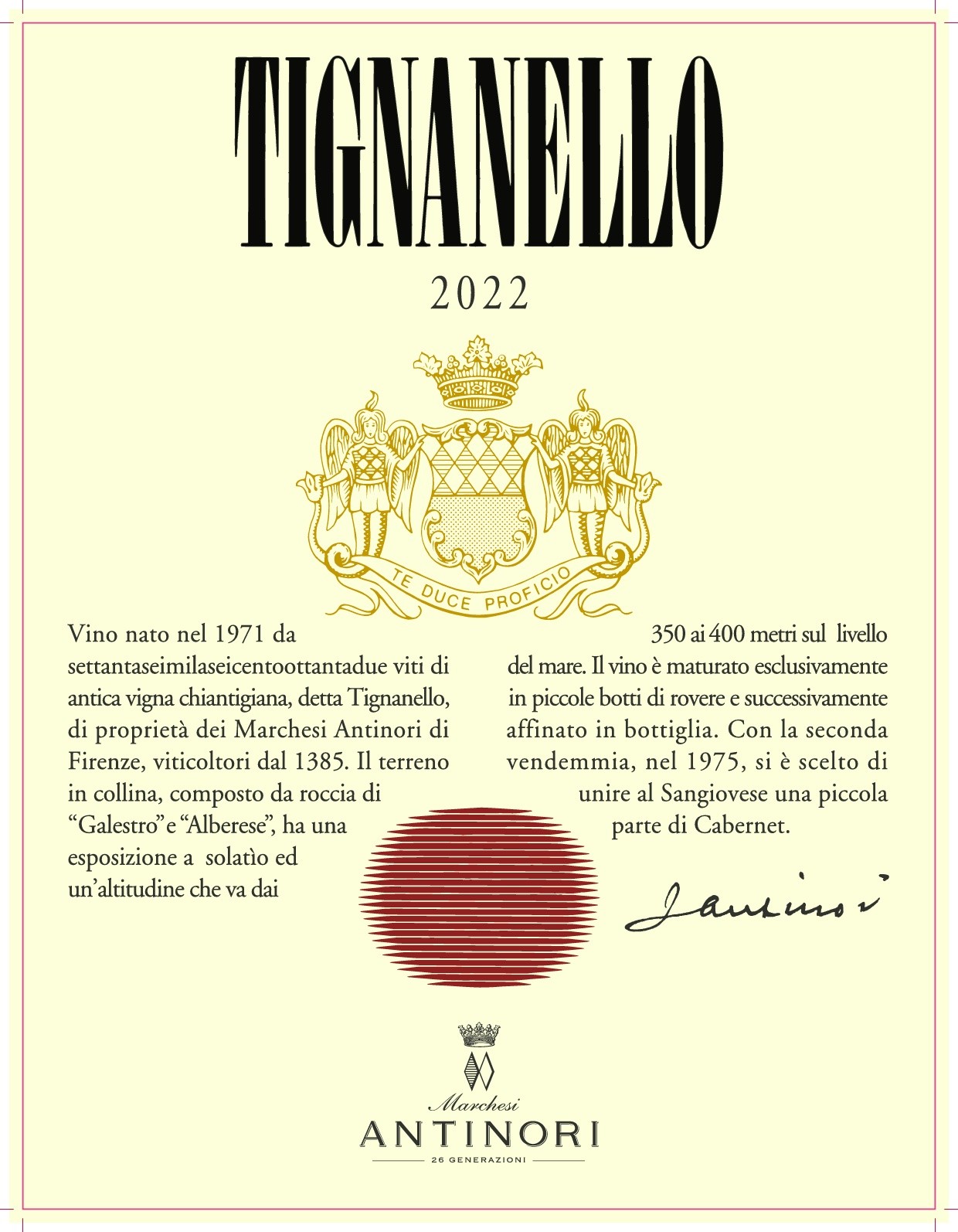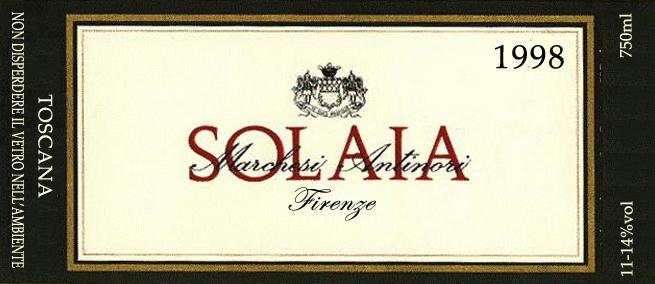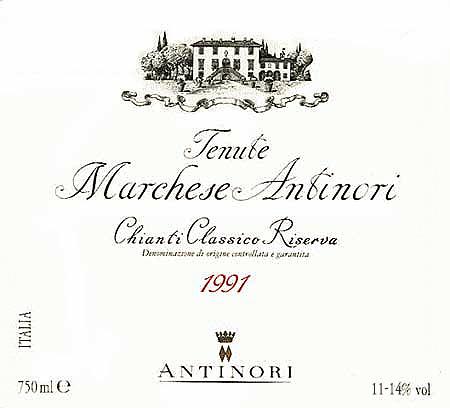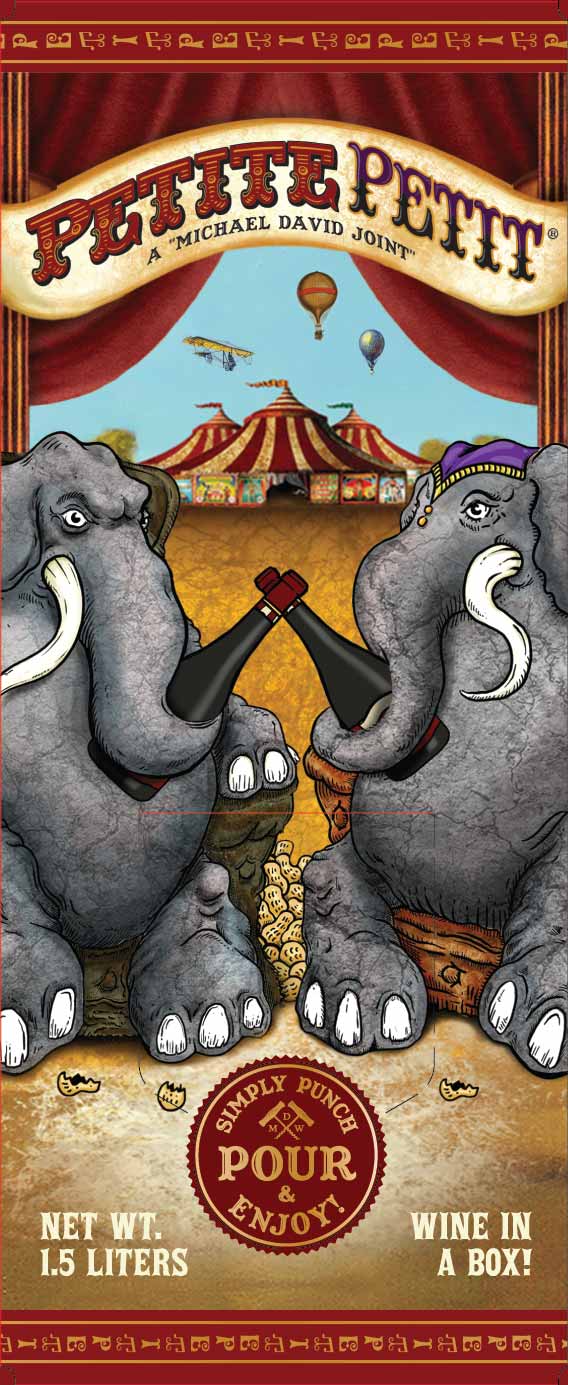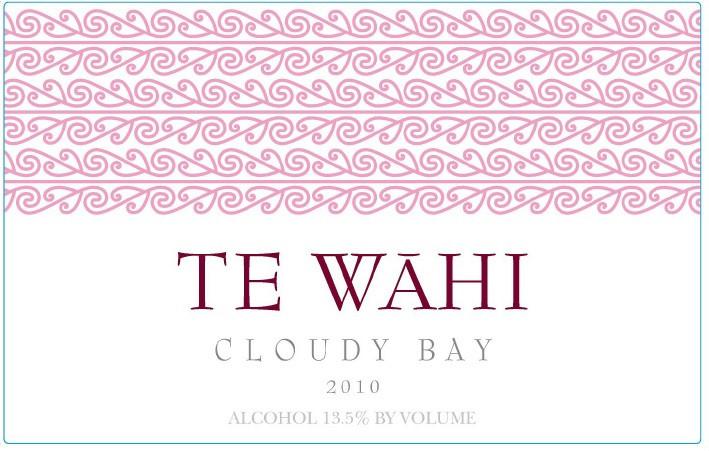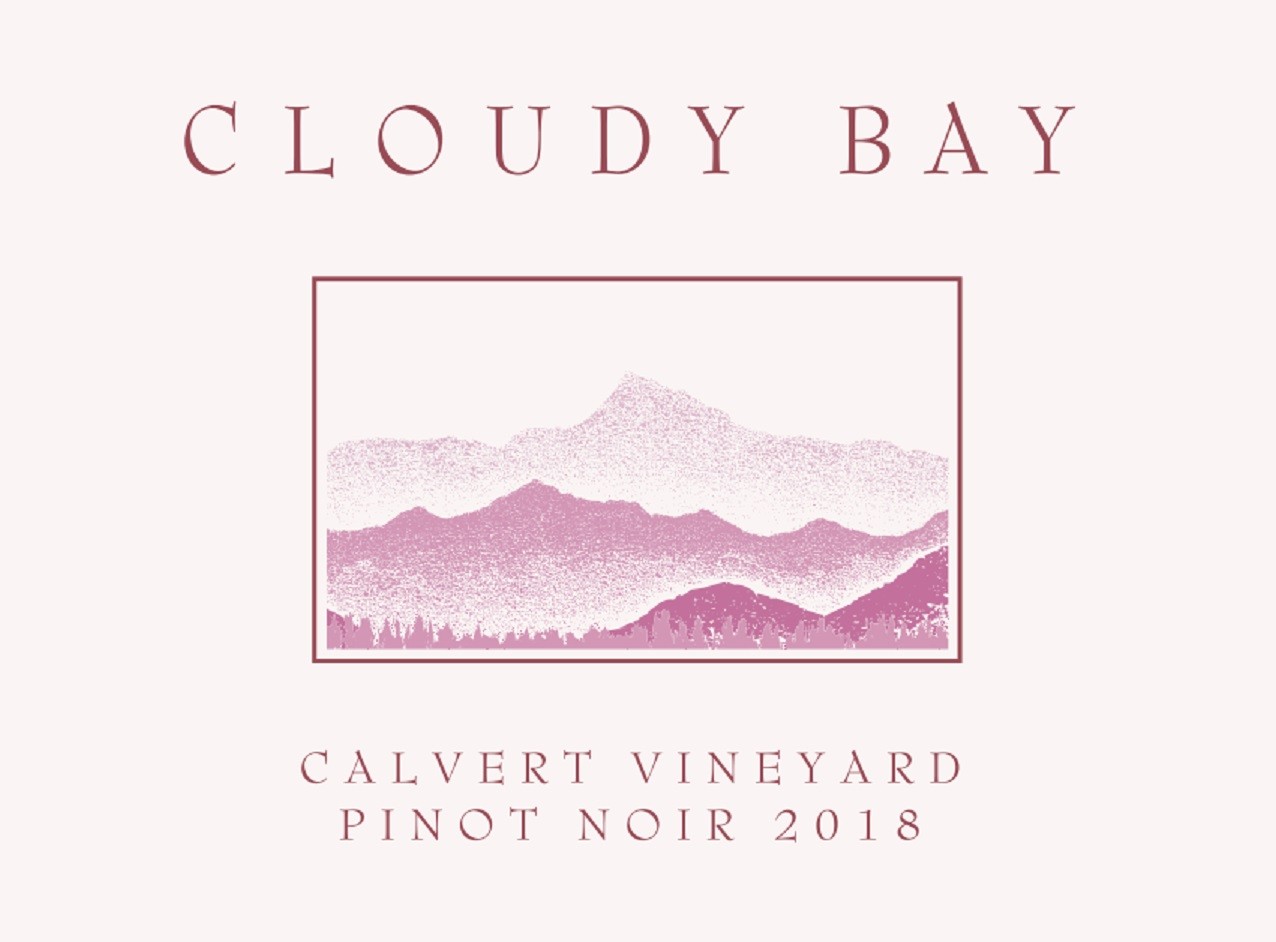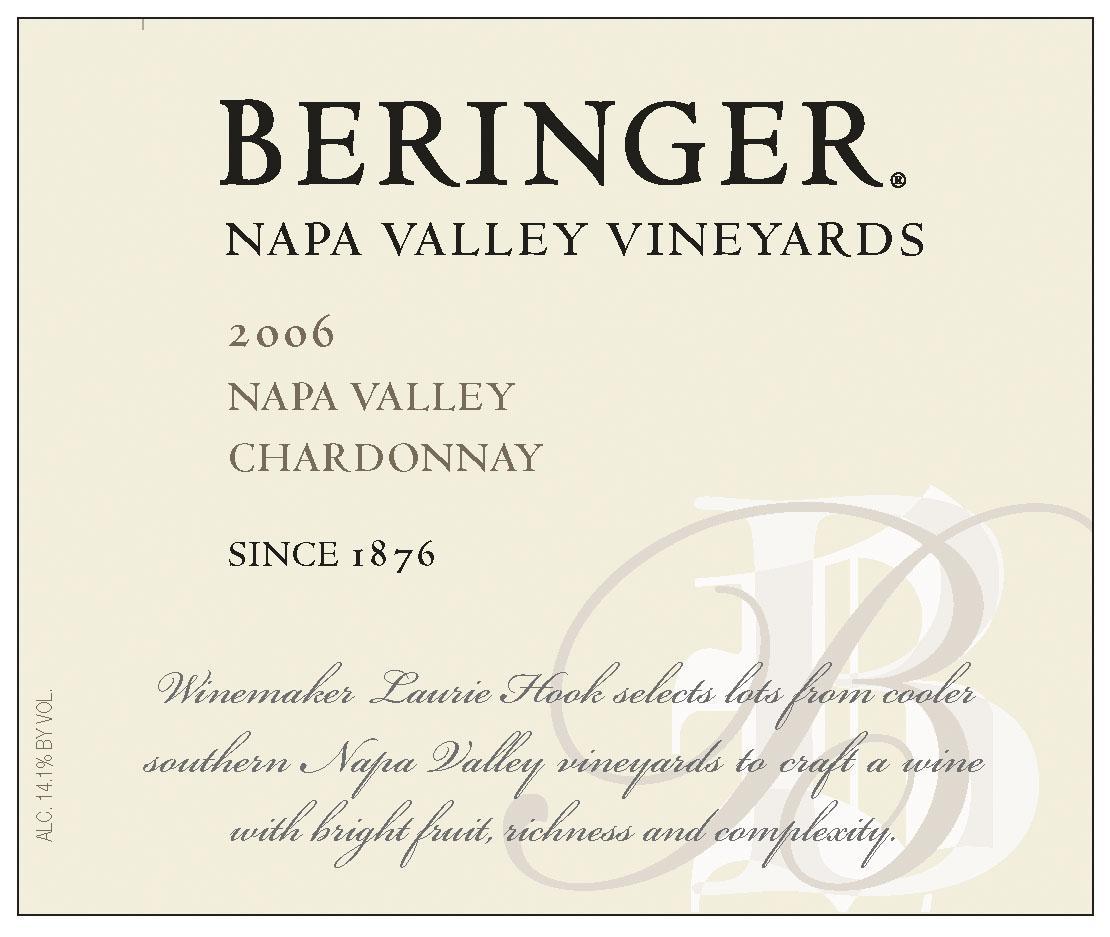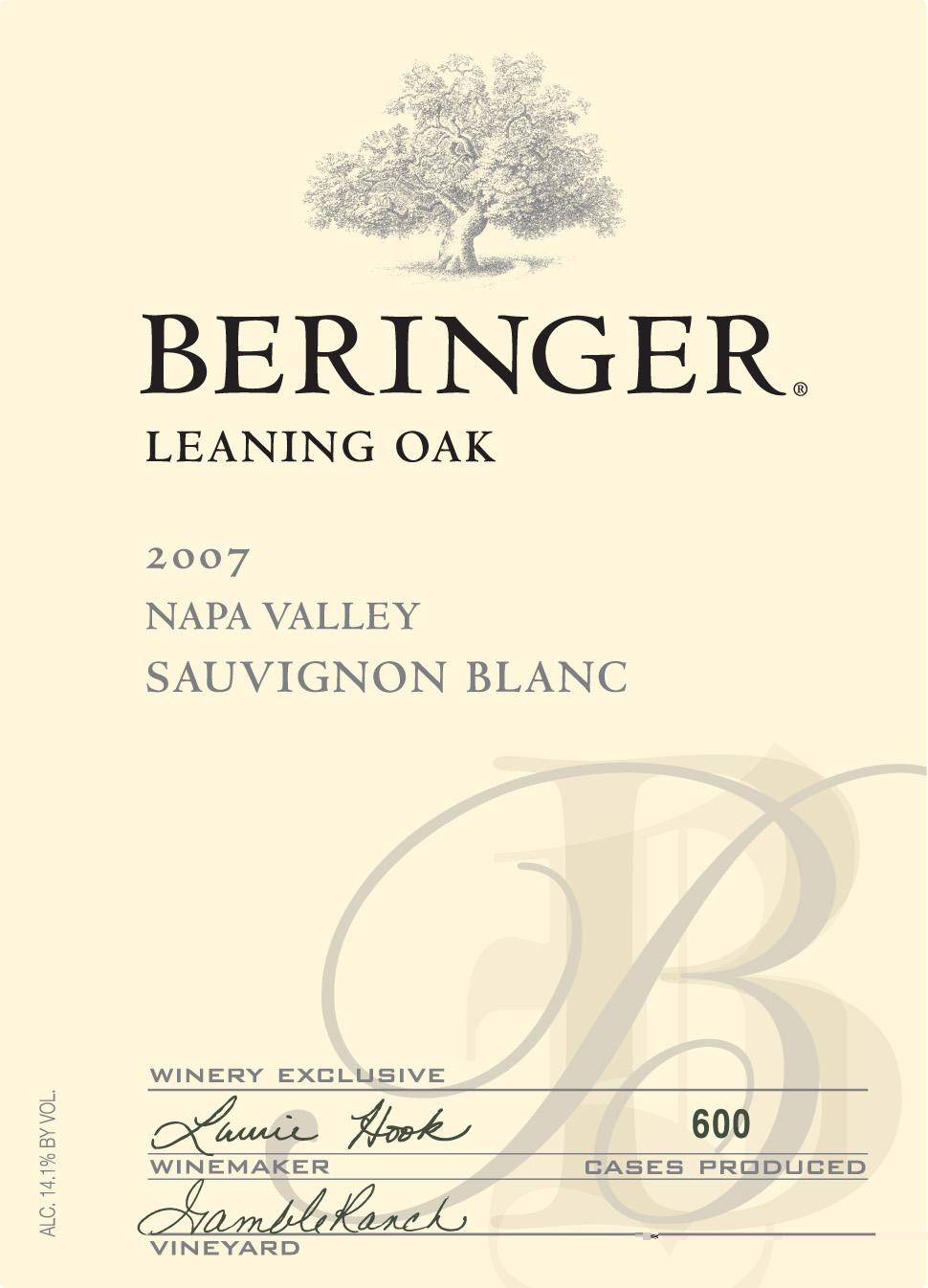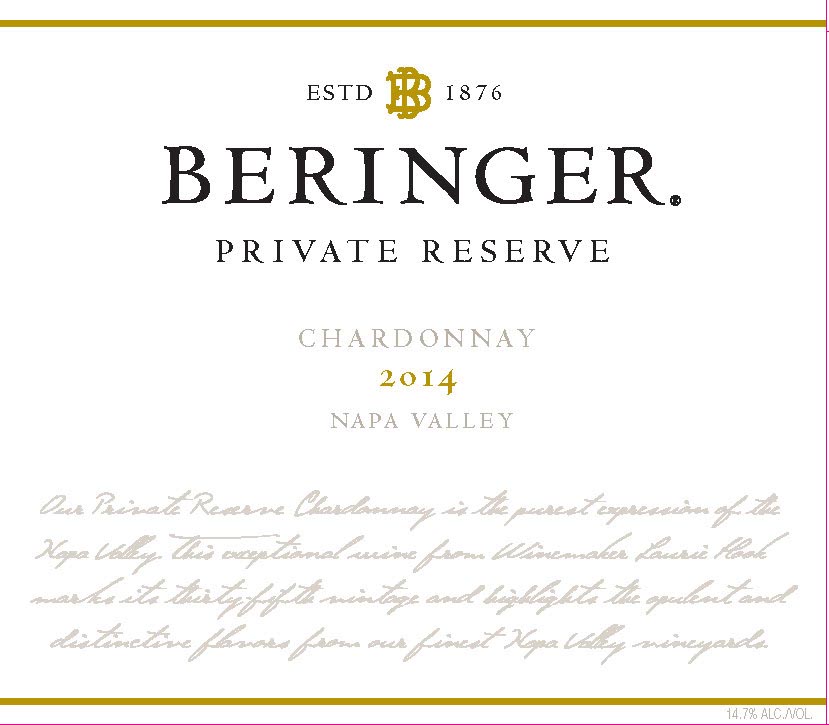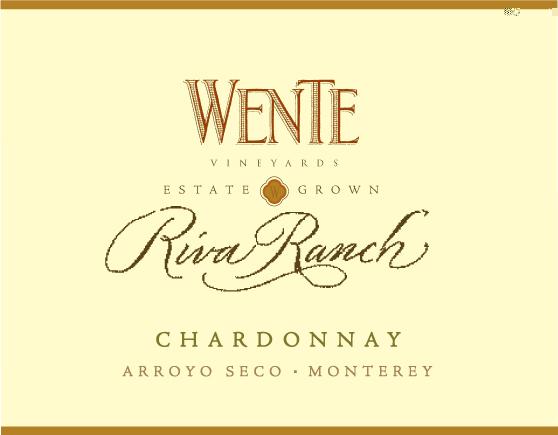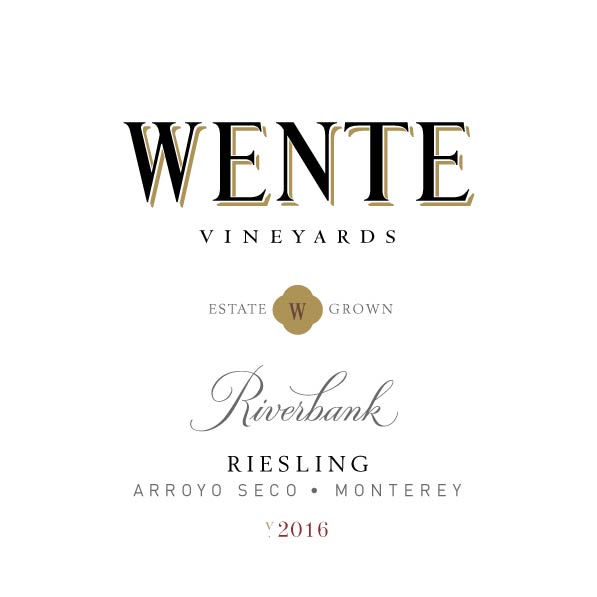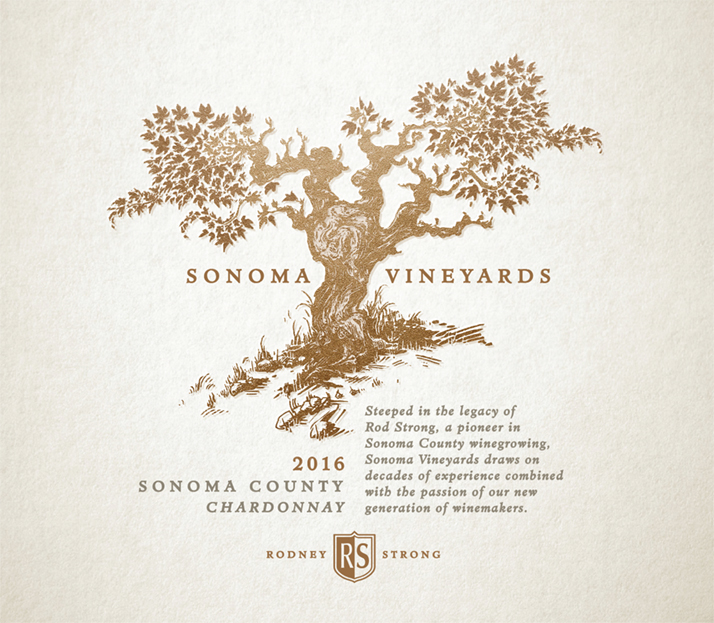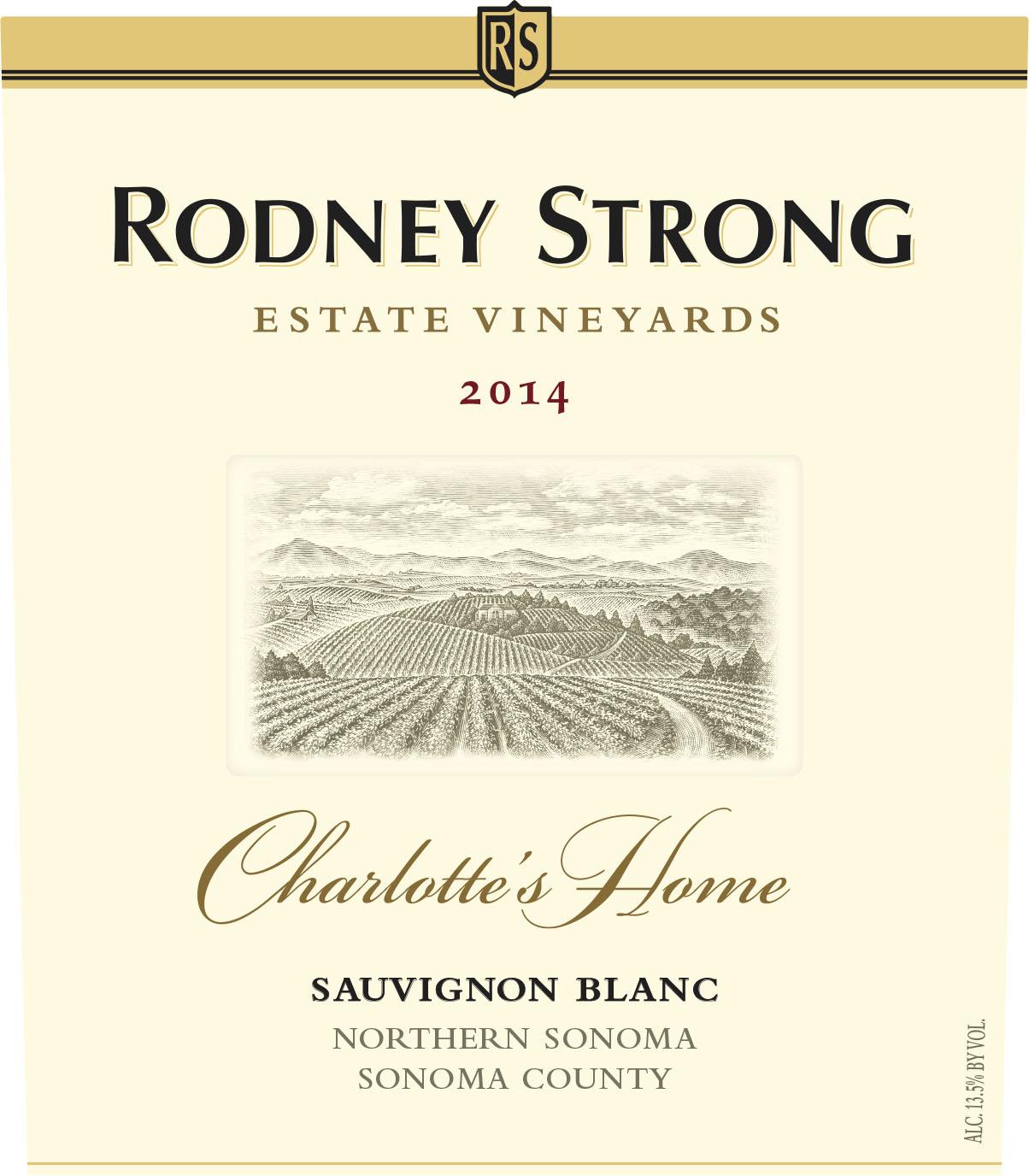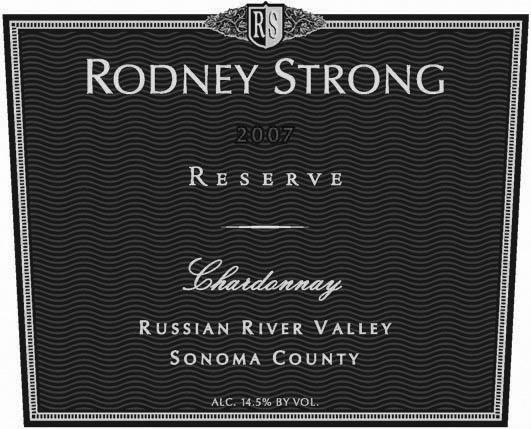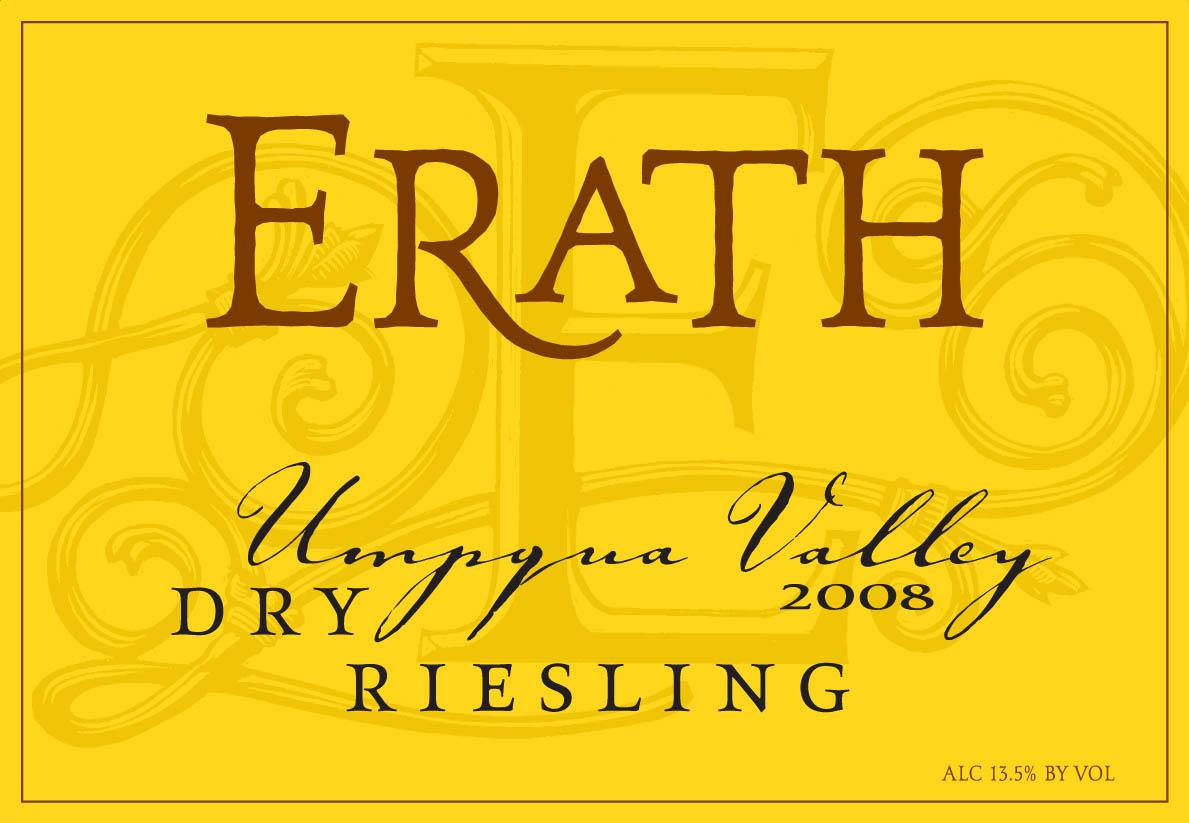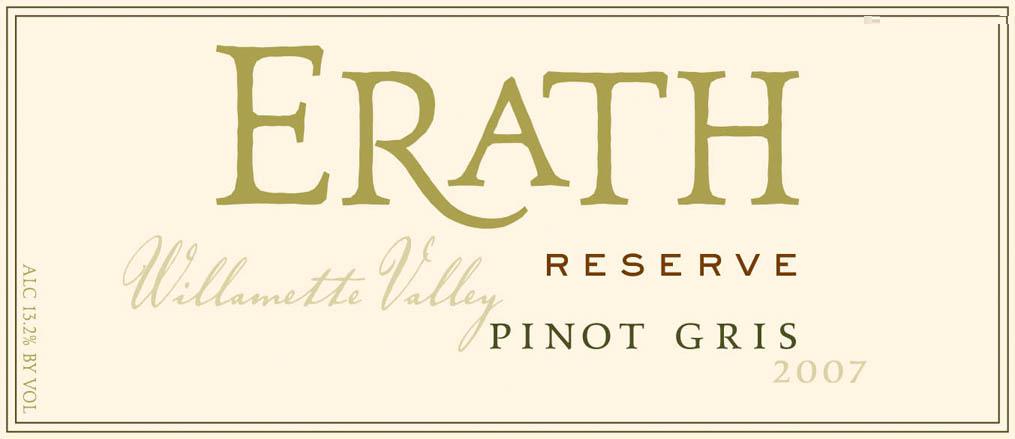Terroir of La Rioja DOCa
The Rioja region stretches 100 km along the Ebro Valley, featuring a diverse landscape influenced by both continental and maritime climates. Vineyards, located between 300 to 800 meters, enjoy varied soils—from moisture-rich clays and red earths in the west to sandy, calcareous, and rocky alluvium in the east.
In Rioja Alta and Alavesa, higher altitudes and milder climates with more rainfall create conditions for elegant, fresh wines with bright acidity. These areas are protected by the Cantabrian foothills, adding an Atlantic touch to the climate.
On the other hand, Rioja Oriental enjoys Mediterranean warmth, creating a hotter and drier environment perfect for the Garnacha grape, which produces fuller-bodied wines with richer flavors. Despite moderate annual rainfall, uneven distribution presents challenges, with winter frosts and sudden summer heat affecting grape growth.
Notable Wineries in La Rioja DOCa
La Rioja, a premier wine region in Spain, is home to some of the most historic and renowned wineries, known for their commitment to tradition and innovation:
- Bodegas López de Heredia: Based in Haro since 1877, famous for its Viña Tondonia Gran Reservas, showcasing complex, oxidative flavors.
- Bodegas Marqués de Riscal: Established in Elciego in 1858, recognized for its Reserva and Gran Reserva wines, and its architectural winery complex.
- Bodegas Marqués de Murrieta: Located in Logroño since 1852, pioneers in estate bottling, crafting premium Reservas and Gran Reservas.
- La Rioja Alta, S.A.: Founded in 1890 in Haro, known for traditionally styled Reservas like Viña Ardanza.
- CVNE: Established in Haro in 1879, blends traditional methods with modern innovations.
- Bodegas Muga: Since 1932, this Haro winery is celebrated for its artisanal approach and robust wines.
Sustainable Winemaking in La Rioja DOCa
In La Rioja, sustainability is becoming central to its renowned winemaking, blending tradition with eco-conscious practices.
Increasingly, vineyards are shifting towards organic and biodynamic viticulture, using compost and natural alternatives to synthetic products. This fosters biodiversity and enhances soil health, with cover crops of legumes and grasses preventing erosion and attracting beneficial insects.
Water and energy conservation are priorities, with wineries recycling runoff, harvesting rainwater, and utilizing solar power. The region also focuses on resource efficiency, turning grape residues into compost and opting for lightweight bottles to reduce carbon footprints. Industry groups in La Rioja provide sustainability training, ensuring the wine community continually tracks and reduces environmental impact, aligning with the region's commitment to quality and innovation.
Wine Tourism in La Rioja DOCa
La Rioja, a celebrated wine region in Spain, offers a captivating wine tourism experience, blending rich history with modern innovation. Visitors can explore well-marked wine routes through Rioja Alta, Alavesa, and Oriental, where traditional and modern wineries open their doors for tastings and tours.
The region's vibrant gastronomy, combining Basque and Spanish influences, enhances the wine experience, with dishes like jamón ibérico and chorizo perfectly paired with regional wines.
Wine tourists can delve into the area's history at sites like the Vivanco Museum of Wine Culture or medieval towns such as Laguardia. Festivals and events, like the Batalla del Vino and harvest fiestas, offer immersive cultural experiences.
For the adventurous, biking through vineyards or hiking trails provides a unique way to appreciate the scenic landscape, demonstrating how La Rioja seamlessly integrates wine, culture, and nature.




